The list below contains most of the common modifications done to the ever-popular Honda CBR600.
Of course, there are many other modifications that can be done but these are the ones that most people ask about so I wanted to list them down for people who are interested.
Feel free to comment and discuss your opinion and suggestions in the comments after the article.
Sprocket Change
One way to make the bike quicker off the line is to change the sprockets. This can be accomplished by increasing the number of teeth by one or two on the back sprocket or lowering the number of teeth by one or two on the front sprocket.
Changing the front or the rear sprocket is basically the same thing as if you slightly, yet permanently lowered all the gears on your ten-speed. (Remember those?)
You have to pedal slightly faster but hill climbing and wheelies don’t require as much effort! Hence, quicker off the line!
Simply due to the labor involved with changing the back sprocket, most people change the front sprocket to a 14T. There was a rumor that changing the front sprocket instead of the back may cause premature wear to the chain but no one I’ve ever talked to has been able to confirm that.
Exhaust
Exhaust modifications are a very passionate subject. I think the main reason is that there are so many choices and none of them are really wrong. The first question is how much do you want to spend.
If you’re looking for a cheaper choice, a slip-on may be for you. They’re usually pretty easy to install, still, give the bike a decent sound, look good and most of all cost about half as much as a full header and exhaust system.
Now, you might say, “but what about the horsepower increase?” WARNING: Don’t let the magazine ads fool you!! On a liter-bike, a full exhaust might add 5 to 10 horsepower.
On a 600, however, a full system might only add 3 – 5 ponies if you’re lucky. After spending hundreds of dollars on a new full exhaust system, many people will say, “Wow, I sure can feel the extra horsepower!”
Usually not very likely! They’re actually “hearing” the extra horsepower if you catch my drift! The biggest benefits to getting a full system are improved looks, awesome throaty sound, and significantly lighter than the stock system.
Buddy of mine put a D&D full chrome system on his F2. Looked great, but mostly it made the bike sound like a big-bore bike! Way cool!
Probably, the most popular system for the CBR600 is the Two Brothers Racing pipe. It’s a high-quality system with great sound at a decent price.
Jetting
Why are there 3 stages? The different stages are for different types of engine modifications.
A Stage I kit is designed for use with the stock airbox, possibly an aftermarket air filter, stock engine size/head design/valves, and stock or aftermarket exhaust system.
A stage III kit assumes individual air filters, aftermarket (race) exhaust, and potentially head work or oversize engine. Just putting on a stage III kit will not give you more power by itself.
If it doesn’t match the modifications on the bike, it will actually hurt performance. Therefore, a stage I jet kit is usually appropriate for the majority of street bikes out there.
The jet kit change is also the primary cure for the annoying flat spot that plagues the CBR600. Dynojet 1157 kit (This is one of the main reasons I’m considering the modification).
Along with the jet kit, a K&N filter will allow the engine to breathe a little better, although the HP gain for the filter is basically immeasurable.
Ignition Advancer
A typical choice for the ignition advance for the CBR600 is the +4 degrees.
Power Pak
From the majority of the people I’ve talked to, most will tell you that unless you’re doing serious engine work, the Pak won’t do anything for you. It basically alters the ignition advance and changes the rev limit.
The ignition advancer mentioned above will work just fine and change or remove the rev limit could prove to be disastrous and very damaging to the engine unless it’s a true race bike.
Fender Eliminator
Eliminating the stock fender is a great way to add your own personal touch to your trusty steed and give it that sleek, racer look.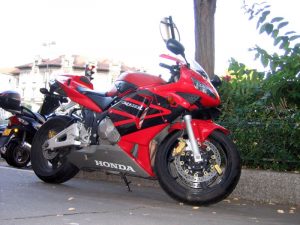
The stock rear wheel fender that holds the license plate and often the blinkers is pretty bulky. The cheap and dirty way to go is to cut the fender off with a hacksaw.
However, doing it like that will leave a jagged rough edge. A better way is using a metal ruler and a utility knife. With C clamps, attached the ruler where you want to make the cut.
You may want to make sure to leave some plastic for the license plate and some small aftermarket blinkers. Run the knife numerous times along the ruler edge.
This will make a straight and clean cut. If you aren’t mechanically inclined or just like the clean, bolt-on look, you can also buy what’s known as a fender eliminator kit.
Trunk Kits
If you are riding a Honda CBR600 F2 or F3 then most probably you are already wondering “Where can I put my belongings?” The short answer is – nowhere.
You have to buy some external trunk bag that will give you the opportunity to store your stuff.
There used to be other systems like easy removing the saddle and storing your belonging underneath. They are safe and fairly easy to install.
Tailocker was another system which was used to work very well and I have heard people who are happy with it.
It changes that bulky stock fender with a slighter sleeker-looking fender as well as offering storing space!
Conclusion
There are many modifications you can do to your CBR and I can not tell which one is the best. It mainly depends on your budget, preferences, and riding style.
Often if you want to do one mod, you have to do another one as well in order to preserve the engine or to make the modifications more effective.
The information above is just to give you an overall idea of what can be done and what you can expect from your bike after the improvement.
For riders who are not so familiar with the mechanical questions of their bike, I would recommend finding good mechanics they can trust and asking for their opinion.
And don’t forget guys, never ride without full protective equipment – a helmet, jacket, quality gloves, pants, and boots are an essential part of your riding experience.

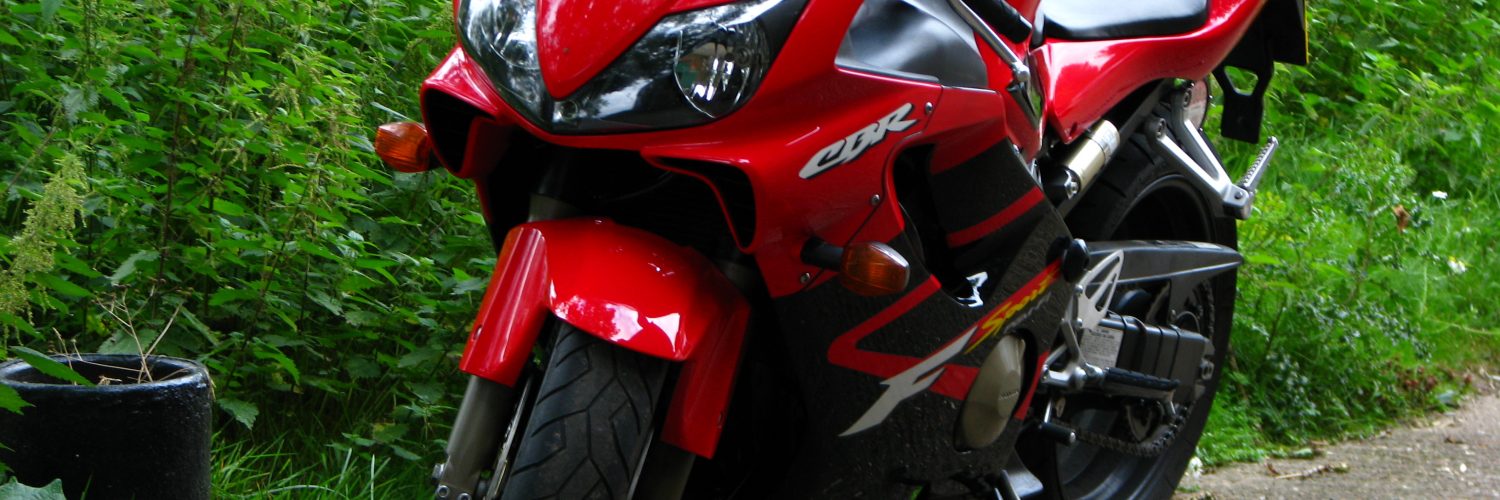
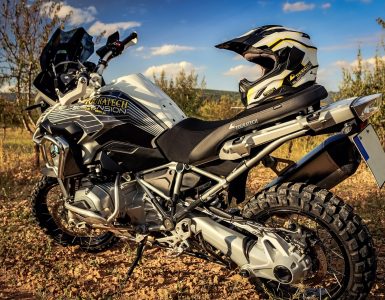
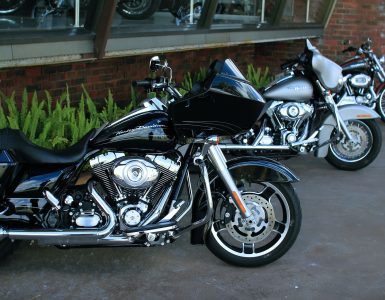
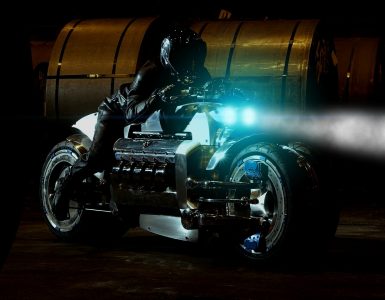
















Add comment